Remove Barriers to Education
Undiagnosed vision problems can adversely impact learning, behaviour, welfare and even inclusion.
Children’s eyesight can change as they grow. Also, in the wake of COVID, there’s a significant increase in the children with short sight (myopia). Most likely, owing to increased screen time.
That’s why it’s important to check their eyes regularly. The earlier we work out which children are at-risk, the sooner we can focus resources.
By using SchoolScreener for Schools Vision, in 2 or 3 minutes you’ll know if that child needs an optometrist eye test or not. It doesn’t diagnose, you won’t be prescribing glasses, that’s for the clinicians. But understanding the child’s needs can help teaching staff to accommodate that child better in class.
All you need is internet access and a laptop. After the vision check, the software automatically generates reports for parents and the SLT. They also provide evidence of welfare and inclusion for OFSTED.
For those children that fail their check, it recommends they take their child for a full clinical assessment.
There’s no need for charts and the app automatically records the vision check results and instantly alerts if the child needs further examination. On-screen prompts are age-appropriate (Thomson the Teddy for KS1 and 2) and available in up to 50 languages.
Any colleague can use it; teachers, TAs, school nurses or SEND specialists. There’s a minimal period of learning how to set up and use it (20 minutes, or less).
Ask about how to identify and support children with moderate hearing loss, too.

More Information
Listen to a head teacher and a SEND specialist discuss how to identify and support pupils with vision or hearing problems with SchoolScreener® for Schools. This was a webinar hosted and broadcast in December 2023, by Mark Allen Group.
Consistent with the 2014 SEND Code of Practice, SchoolScreener® for Schools supports welfare and inclusion submissions for OFSTED.


